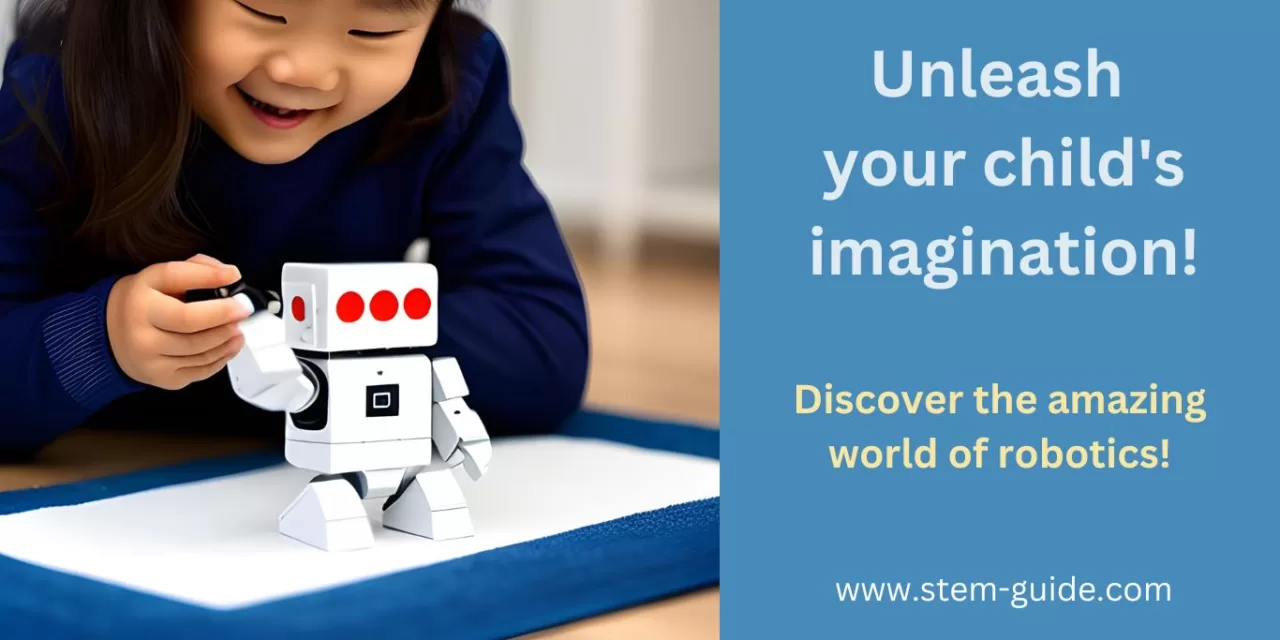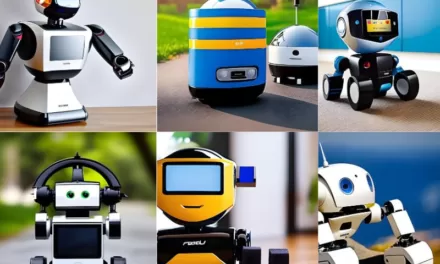Toy Robot Price: What You Need to Know Before You Buy.
Are you looking to buy a toy robot for your little ones or add to your collection?
The world of toy robots can be overwhelming, especially with so many different brands, materials, and levels of complexity to choose from.
But fear not, as we bring you a comprehensive toy robot price analysis that will provide you with all the information you need to make an informed purchase decision.
Toy Robot Price: Check the Affecting Factors
First, let’s dive into the world of toy robot functionality. With advancements in technology, toy robots have become more complex than ever before, and their capabilities have increased.
From basic movements and sounds to programmable actions and interactive features, toy robots are now more than just playthings. However, with these added features comes an increase in cost.
Since the market demand and supply for toy robots are also key factors that impact their pricing trends. As the demand for toy robots continues to increase, so does the competition between brands. This competition can lead to price fluctuations, and it is important to keep an eye on pricing trends to ensure you get the best deal.
However, In our upcoming articles, we will explore each of these factors in detail, providing you with an in-depth analysis of the pricing trends of toy robots. So stay tuned and get ready to make a smart and informed purchase decision that will leave your little ones entertained for hours on end!
Moreover, Toy Robots have been around for several decades, but their popularity has increased in recent years due to the advancement of technology. Toy robots are a type of toy that is designed to mimic the movements and behavior of real-life robots. These toys come in various shapes, sizes, and functionalities, making them suitable for children and adults alike.
The price of toy robots can vary significantly depending on several factors. In this section, we will discuss the different factors that affect the price of toy robots.
Brand:
One of the most significant factors that affect the price of toy robots is the brand. Popular brands such as Lego, WowWee, and Anki are known for producing high-quality toy robots. The reputation and trust associated with these brands can increase the price of their toy robots. The price difference among different brands can be significant, and it is essential to research and compare prices before making a purchase.
Additionally, collectible value can add to the price of branded toy robots, as they become more valuable over time.
Material:
Again, the material used in toy robots is another factor that affects the price. Toy robots can be made from different materials such as plastic, metal, and wood. Plastic toy robots are the most common and are typically the least expensive. Metal toy robots are more durable but can be more expensive.
However, Wooden toy robots are rare but can be more expensive due to the craftsmanship required to make them. Other materials used in toy robots, such as carbon fiber, can significantly increase the price.
Size:
Similarly, the size of the toy robot is another factor that affects the price. Miniature toy robots are typically the least expensive, while large-sized toy robots can be more expensive. The price varies based on size due to the amount of material required to make the toy robot and the complexity of the movements.
Complexity:
Moreover, the complexity of the toy robot’s design and movements is another factor that can affect its price. Simple toy robots with limited movements are generally less expensive, while advanced robots with complex movements and features can be more expensive.
Intermediate toy robots with some interactive features fall in between the two extremes. The level of complexity can be influenced by the technology used, such as sensors, motors, and microcontrollers, which can increase the price of the toy robot.
Toy Robot Price Mostly Mepends on Functionality:
On the other hand, the level of functionality of a toy robot is another factor that affects its price. Basic toy robots with limited movements and sound effects are typically less expensive. Interactive toy robots that can respond to voice commands or gestures can be more expensive. Programmable toy robots that can be customized to perform specific tasks or movements can be the most expensive.
Again, the level of functionality can depend on the complexity of the technology used, the number of features included, and the age range of the toy robot designed.
Market demand and supply:
In fact, the demand and supply of toy robots in the market can also affect their prices. The demand for certain types of toy robots, such as those with popular characters or specific features, can drive up their prices. Limited edition toy robots, which are only available in limited quantities, can also be more expensive due to their rarity.
Additionally, seasonal fluctuations can impact the prices of toy robots, with prices often higher during the holiday season when demand is at its highest.
Toy Robot Pricing Trends:
The price of toy robots can vary significantly over time due to various factors. Historical pricing trends show that the prices of toy robots have generally decreased over time due to advances in technology and increased competition in the market. Current pricing trends show that the prices of toy robots vary widely based on the factors discussed above.
Future pricing trends are difficult to predict, but advancements in technology and changes in consumer preferences could impact the prices of toy robots in the future.
Conclusion:
In conclusion, the price of toy robots can vary significantly based on various factors, including brand, material, size, complexity, functionality, and market demand and supply.
It is essential to consider these factors before making a purchase to ensure that you are getting the best value for your money. While prices can fluctuate over time, understanding the factors that impact pricing can help you make an informed decision when purchasing a toy robot.


